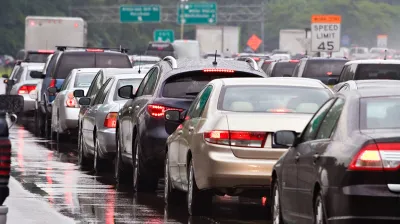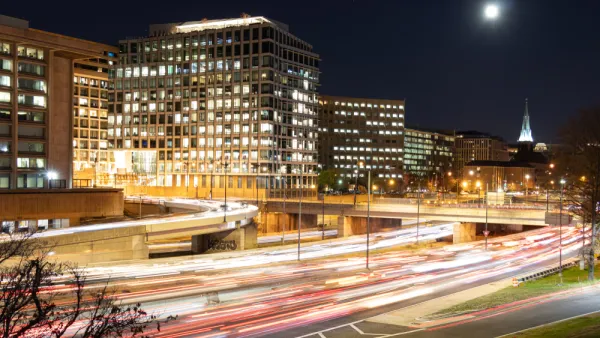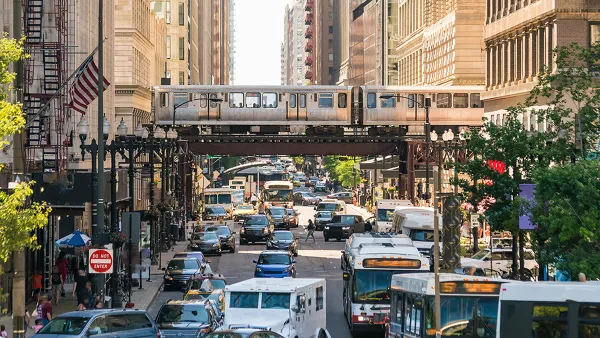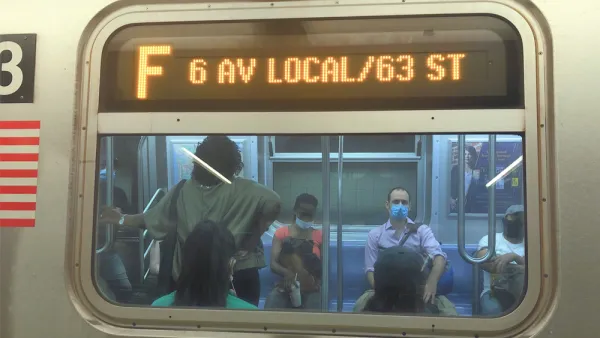Researchers around the world are trying to get an idea about how increased automobile trips, fewer shared modes, and high unemployment will alter long-term trends in transportation.

A preview of the post-pandemic commute is emerging as parts of the world loosen travel restrictions and stay-at-home orders, according to an article by Laura Bliss, but the message so far is mixed. On the one hand, people are choosing cars over public transit, but on the other hand, some people are driving less.
Peak rush-hour traffic in Shenzhen is roughly 10% over its 2019 baseline, while congestion in Auckland, New Zealand, is creeping up every day. In North America, gasoline demand is rising and cars are retaking the streets, while mass transit ridership remains low and working from home is the status quo for 2020 (and possibly onwards) at tech-forward employers such as Google, Facebook and Twitter.
Already thinking beyond the short-term effects in a few specific locales, researchers are endeavoring to predict post-pandemic trends in transportation. Bliss surveys the emerging body of research on the subject, finding evidence that people all over the world are rethinking commutes, and not everyone is necessarily going to be jumping behind the wheel at every possible opportunity.
Still, according to one study by researchers at Vanderbilt University, congestion could become an overwhelming challenge if most people end up replacing transit trips with car trips.
Dense cities such as New York and San Francisco that are more reliant on public transit and have lower capacity for vehicle traffic were much more sensitive to added cars, compared to more auto-oriented cities such as Los Angeles and Atlanta. For example, if just one in four transit and carpool commuters start to drive alone, San Francisco could witness a 20-minute increase in daily vehicle travel times. That shoots up to a 40-minute increase if three in four of those commuters switch.
Another caveat must be noted, however: projections like those in the previous passage don't capture the effects of fewer people driving, either because they are working from home, or because they don't have a job to drive to every day.
FULL STORY: What the Post-Pandemic Commute Could Be

National Parks Layoffs Will Cause Communities to Lose Billions
Thousands of essential park workers were laid off this week, just before the busy spring break season.

Retro-silient?: America’s First “Eco-burb,” The Woodlands Turns 50
A master-planned community north of Houston offers lessons on green infrastructure and resilient design, but falls short of its founder’s lofty affordability and walkability goals.

Delivering for America Plan Will Downgrade Mail Service in at Least 49.5 Percent of Zip Codes
Republican and Democrat lawmakers criticize the plan for its disproportionate negative impact on rural communities.

Test News Post 1
This is a summary

Test News Headline 46
Test for the image on the front page.

Balancing Bombs and Butterflies: How the National Guard Protects a Rare Species
The National Guard at Fort Indiantown Gap uses GIS technology and land management strategies to balance military training with conservation efforts, ensuring the survival of the rare eastern regal fritillary butterfly.
Urban Design for Planners 1: Software Tools
This six-course series explores essential urban design concepts using open source software and equips planners with the tools they need to participate fully in the urban design process.
Planning for Universal Design
Learn the tools for implementing Universal Design in planning regulations.
EMC Planning Group, Inc.
Planetizen
Planetizen
Mpact (formerly Rail~Volution)
Great Falls Development Authority, Inc.
HUDs Office of Policy Development and Research
NYU Wagner Graduate School of Public Service





























